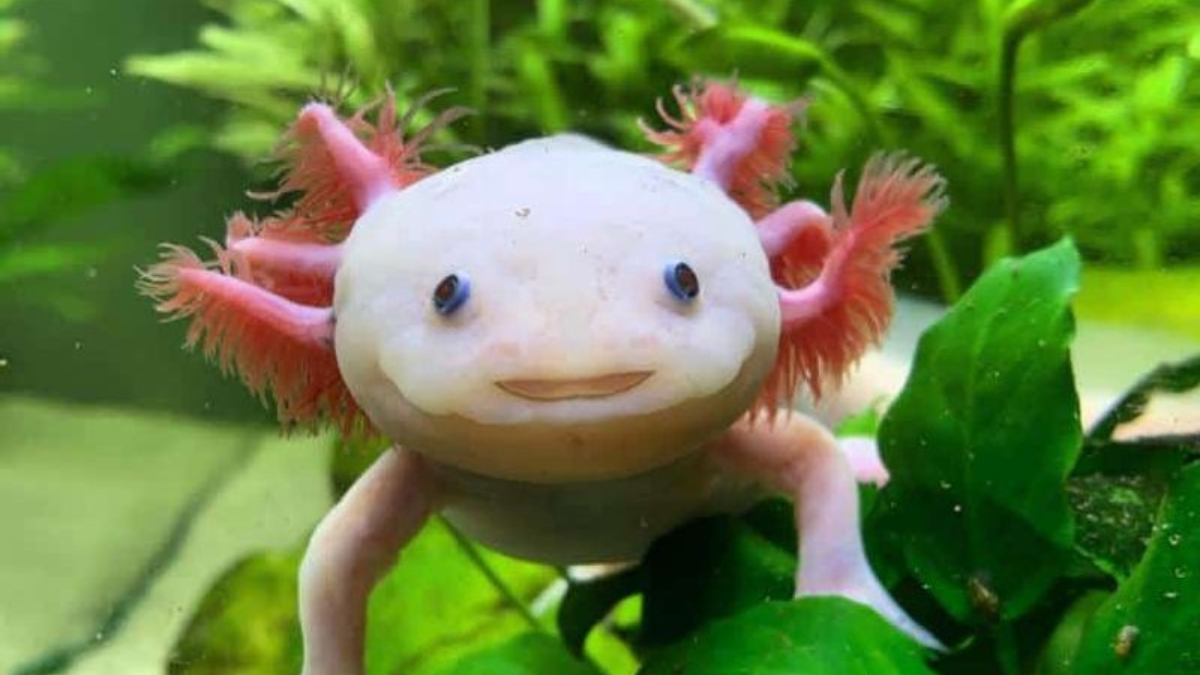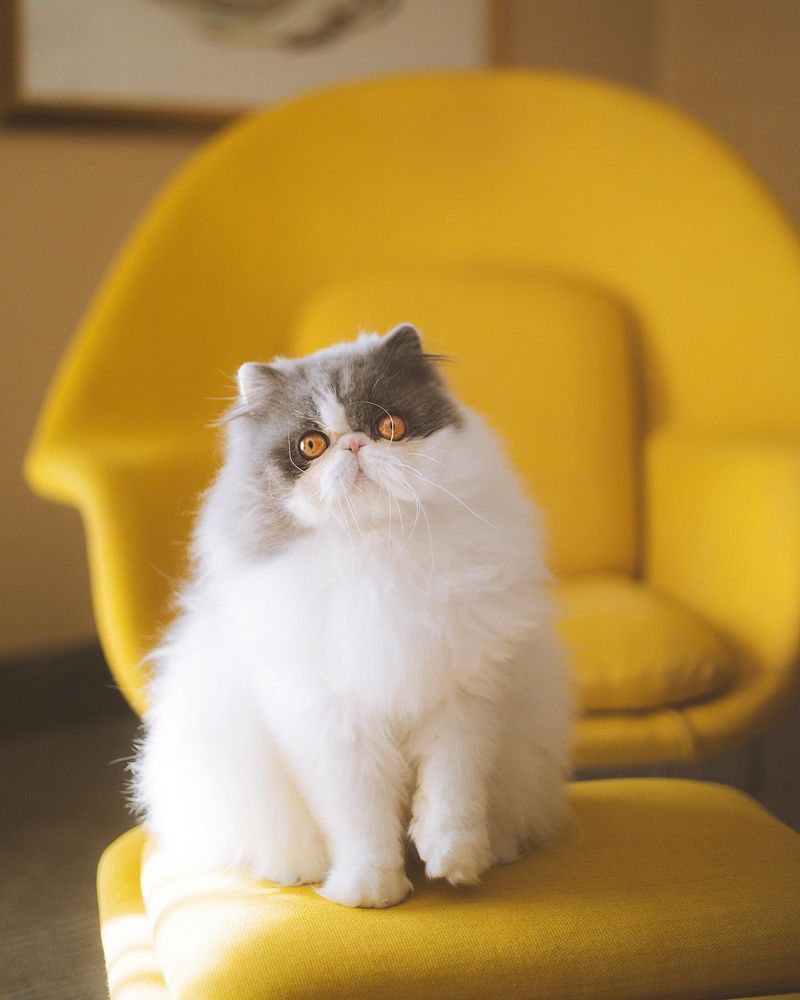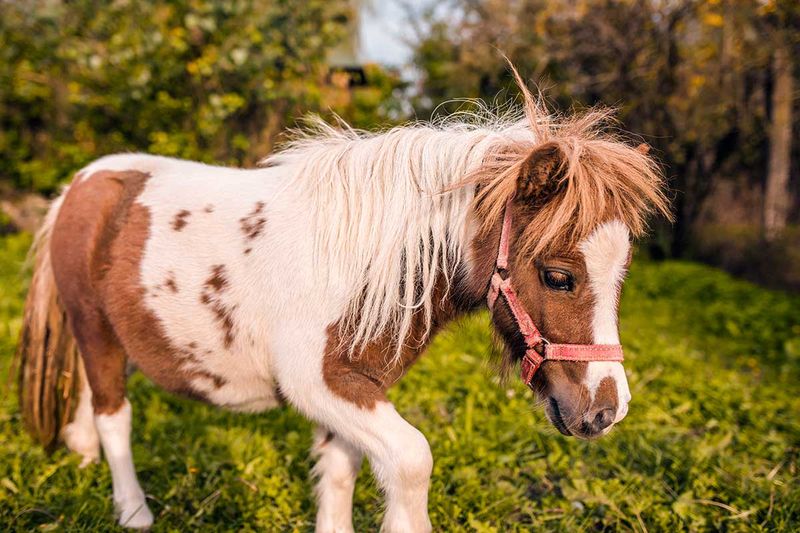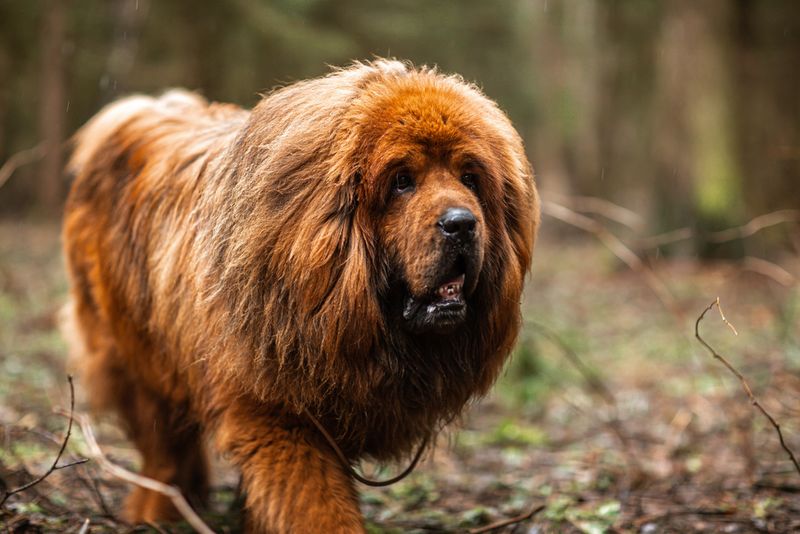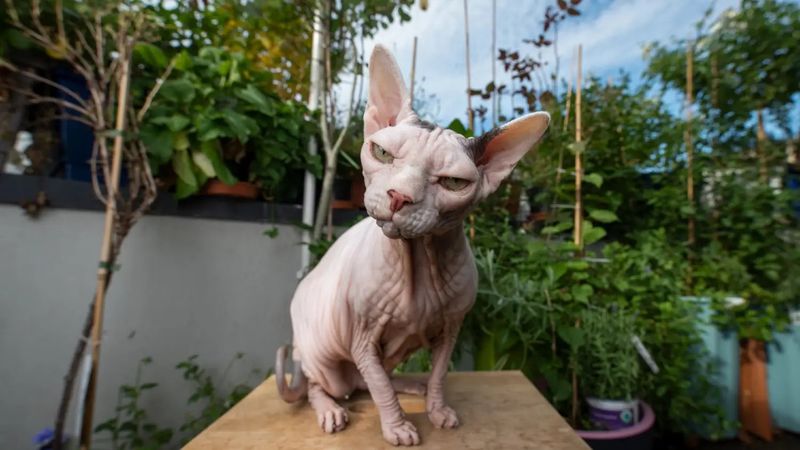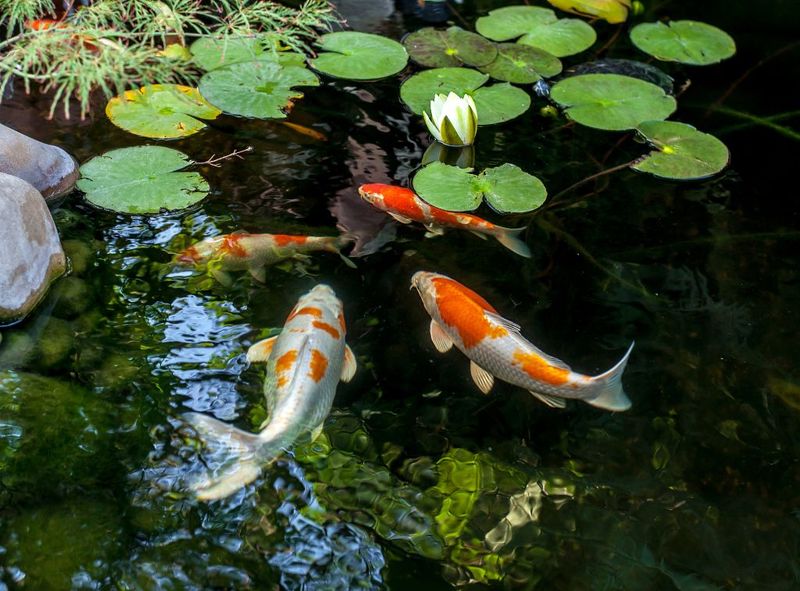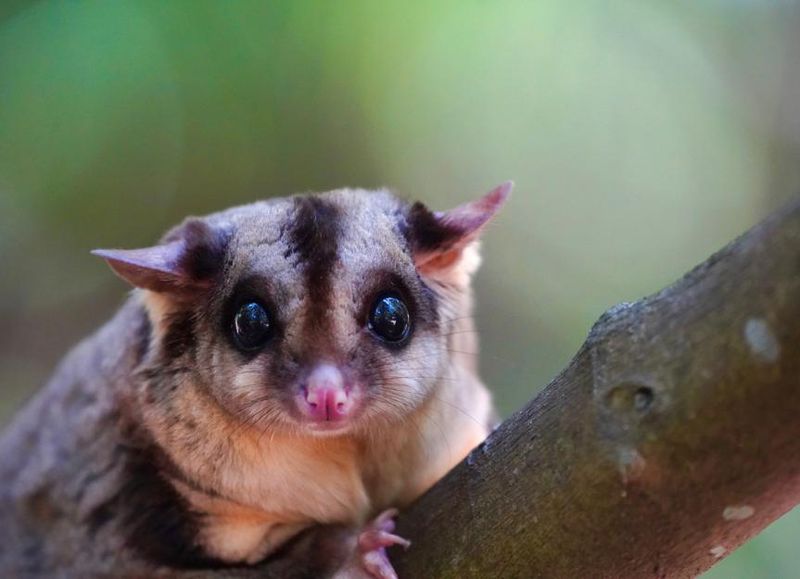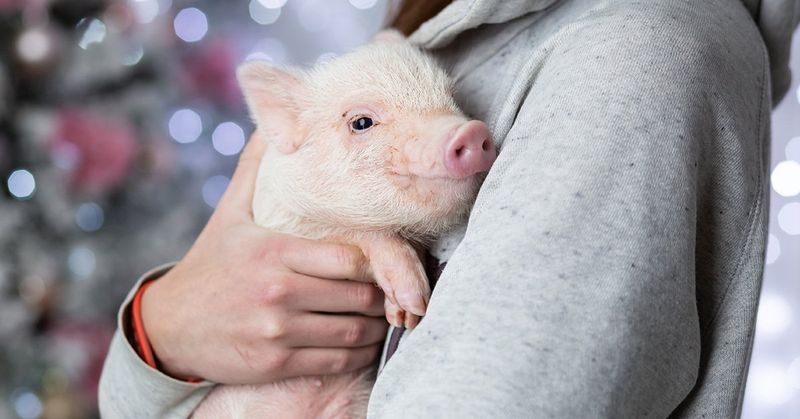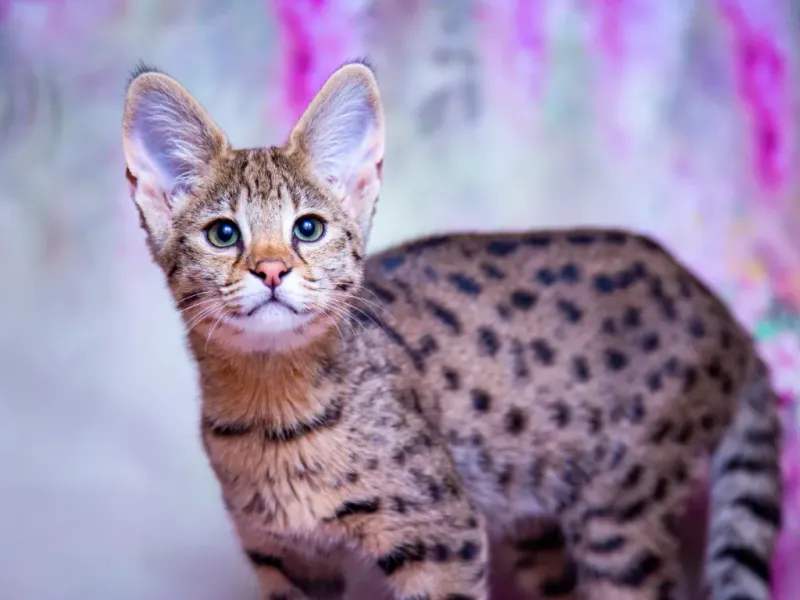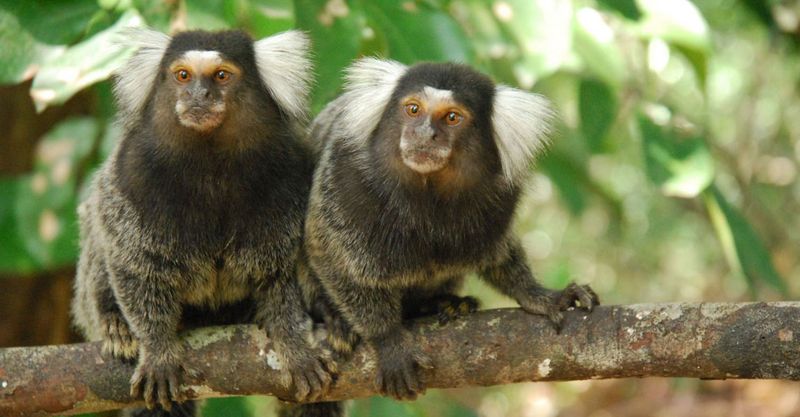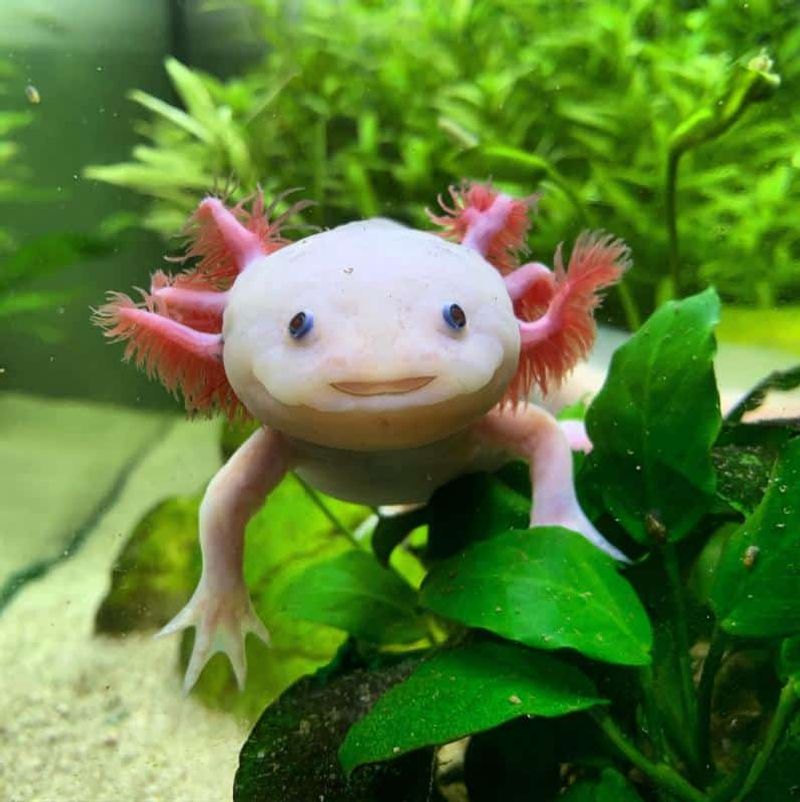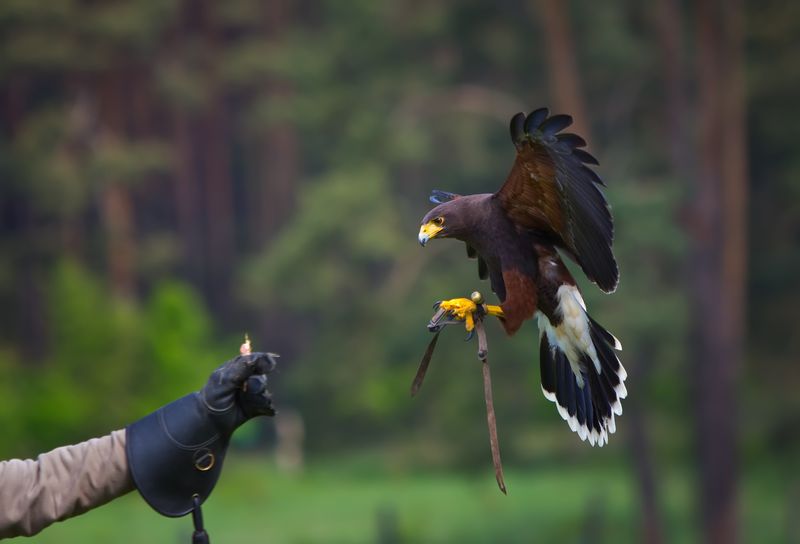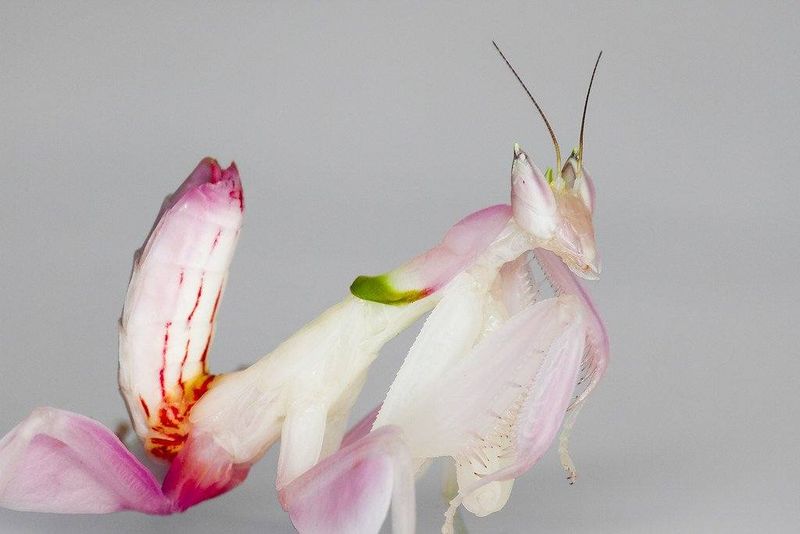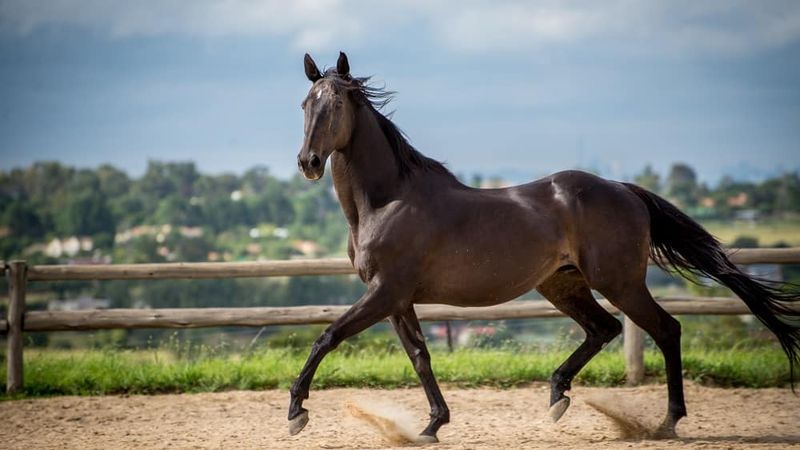📖 Table of Content:
Certain pets go far beyond the typical needs of food and affection, craving a lifestyle of luxury and attention. These high-maintenance companions require more than just basic care, thriving on gourmet diets and lavish accessories tailored to their unique needs. Their demanding nature reflects a refined taste that sets them apart from everyday pets.
Many exotic animals possess specialized requirements that challenge even the most experienced caretakers. Their environments must be carefully controlled, and their health monitored with precision to ensure well-being. Without dedicated and knowledgeable care, these pets can quickly become stressed or unwell.
From rare breeds to extravagant species, these animals enjoy lives filled with comfort and indulgence. Their owners often invest significant time and resources to meet their elevated expectations. When their standards are not met, these sophisticated creatures make their dissatisfaction clear.
1. Persian Cats
Regal and refined, Persian cats carry themselves with the confidence of royalty. Their flowing coats require daily brushing sessions to prevent painful mats and tangles.
Persians need specialized facial care too—their distinctive flat faces mean tear stains are common and must be gently cleaned daily. Their sensitive digestion often demands premium food formulated specifically for their needs.
Many Persian owners invest in professional grooming every 6-8 weeks, costing upwards of $100 per session. These pampered felines typically prefer quiet, climate-controlled environments with plush bedding placed strategically throughout the home.
2. Miniature Horses
Standing at just 34-38 inches tall, miniature horses pack full-sized attitude into tiny packages. These diminutive equines require specialized farrier care every 6-8 weeks, with custom-made tiny horseshoes that can cost more than regular-sized ones.
Daily grooming rituals include mane conditioning, tail detangling, and coat brushing. Their diet must be carefully monitored to prevent obesity and laminitis, often requiring premium low-sugar feeds and supplements.
Miniature horses need proper shelter with temperature control and regular veterinary care from specialists familiar with their unique health concerns. Many owners even provide them with custom-made blankets for different seasons and weather conditions.
3. Tibetan Mastiffs
Once sold for $1.9 million, these majestic giants are among the world’s most expensive canines. Their thick double coats require extensive grooming sessions lasting several hours each week, with professional equipment costing hundreds of dollars.
Tibetan Mastiffs thrive on premium, high-protein diets that can exceed $200 monthly. Their independent nature demands specialized training from experienced handlers who understand their unique psychology.
These noble guardians need large, secure properties with climate-controlled indoor spaces—they particularly struggle in hot weather due to their mountain heritage. Maine Coon cats share similar grooming needs, though Tibetan Mastiffs require more space and specialized containment systems due to their protective instincts.
4. Sphynx Cats
Hairless doesn’t mean care-free. Sphynx cats require weekly bathing with gentle, specialty shampoos to remove body oils that would normally be absorbed by fur. Their exposed skin needs regular moisturizing to prevent dryness and sunburn.
Without fur insulation, these cats demand warm environments year-round. Many owners invest in heated beds, cat sweaters, and even custom pajamas for their naked companions.
Sphynx cats have accelerated metabolisms requiring high-calorie, premium diets fed more frequently than other cats. Their prominent ears need weekly cleaning to prevent wax buildup, and their exposed skin should be checked regularly for acne or irritation that might require veterinary dermatology visits.
5. Koi Fish
Premium koi specimens can cost upwards of $100,000, with champion fish selling for millions. These living art pieces require elaborate pond systems with biological filtration, UV sterilization, and precise water parameters monitored daily.
Serious koi keepers test for ammonia, nitrite, nitrate, pH, and KH several times weekly. High-end koi food contains specialized color-enhancing ingredients, probiotics, and immune boosters costing hundreds per month for a modest collection.
Many collectors install heated ponds or indoor winter quarters in colder climates, as these Japanese carp require temperatures above 50°F to thrive. Regular veterinary care from aquatic specialists ensures these long-lived fish (some reaching 200 years!) remain healthy and vibrant.
6. Sugar Gliders
These adorable marsupials bond intensely with their owners and experience depression if not given several hours of daily interaction. Their specialized diet includes fresh fruits, nectar, and protein sources prepared fresh daily—no commercial pellets will satisfy these picky eaters.
Sugar gliders require custom-built enclosures with multiple levels, exercise wheels, and pouches for sleeping. Temperature control is critical, as they can’t tolerate environments below 70°F or above 90°F.
Owners must locate exotic animal veterinarians who understand their unique health needs. Like Bengal cats, sugar gliders crave constant stimulation and new toys to prevent boredom. Their social nature means most experts recommend keeping them in pairs or groups, doubling the care requirements.
7. Teacup Pigs
Marketed as forever-tiny companions, most “teacup pigs” actually grow to 100-150 pounds! These intelligent animals require specially formulated diets to prevent obesity and nutritional deficiencies common in miniature breeds.
Their sensitive skin needs regular moisturizing and sunscreen when outdoors. Hooves require professional trimming every few months, and their tusks need filing to prevent injury.
Pigs need extensive mental stimulation through puzzle toys, foraging opportunities, and training sessions. Their high intelligence makes them prone to destructive behavior when bored. Most municipalities require special exotic pet permits, and finding qualified veterinarians who treat pigs can be challenging and expensive compared to standard pet care.
8. Savannahs
Born from crossing servals with domestic cats, F1 Savannahs (first-generation hybrids) can cost up to $20,000. Their wild heritage demands large, custom enclosures with climbing opportunities reaching at least 7 feet high.
Savannah cats need raw food diets mimicking their natural prey, carefully balanced with taurine and other essential nutrients. Many owners install specialized cat exercise wheels costing $1,000+ to satisfy their intense exercise needs.
Their high energy requires at least an hour of interactive play daily using specialized toys that simulate hunting. Savannah owners often need to “cat-proof” their homes extensively, as these athletic felines can jump onto refrigerators from a standing position and easily open doors, cabinets, and even windows.
9. Angora Rabbits
Prized for their silky wool that can grow over 12 inches long, Angora rabbits require daily grooming sessions lasting up to an hour. Professional-grade grooming tools, including specialized combs, brushes, and blowers, are essential investments costing hundreds of dollars.
During shedding seasons, these rabbits need twice-daily attention to prevent potentially fatal wool block. Their delicate digestive systems require premium hay, fresh greens, and specialized pellets.
Angora rabbits need climate-controlled environments—temperatures above 85°F can cause fatal heat stress with their heavy coats. Many dedicated owners install air conditioning specifically for their rabbits’ comfort. Unlike hardier rabbit breeds, Angoras often require regular veterinary care from exotic specialists familiar with their unique health concerns.
10. Macaws
Living up to 80 years, macaws are lifetime commitments requiring estate planning. Their specialized diets include fresh fruits, vegetables, nuts, and premium pellets prepared fresh daily—some owners spend more time preparing their bird’s meals than their own!
Macaws need massive cages costing thousands of dollars, plus daily time in safe, bird-proofed play areas. Mental stimulation is critical—without constant rotation of new toys and puzzles, these brilliant birds develop destructive behaviors and self-harming habits.
Social by nature, macaws require hours of daily interaction. Many owners install special air purification systems to protect their birds’ sensitive respiratory systems. Professional wing and nail trimming is needed regularly, along with annual visits to avian specialists who understand their unique physiology.
11. French Bulldogs
Breeding for those adorable flat faces comes with a lifetime of specialized care. French Bulldogs often require climate control year-round—most can’t tolerate temperatures above 85°F or below 45°F without risking their health.
Their distinctive facial folds need daily cleaning with specialized wipes to prevent infections and odor. Many Frenchies require custom-formulated diets to manage allergies and digestive sensitivities.
Regular veterinary care includes specialists for their common breathing, spinal, and skin issues. The flat-faced physiology means many need surgery to open nasal passages or shorten elongated soft palates. Like Siamese cats, French Bulldogs often develop devoted followings willing to spend thousands annually on their care, designer outfits, and premium accessories.
12. Marmosets
Costing upwards of $8,000, these pocket-sized monkeys require permits in most states. Their complex dietary needs include specially formulated primate biscuits, fresh fruits, vegetables, and protein sources like mealworms and cooked chicken—all prepared with exacting nutritional ratios.
Marmosets need custom-built enclosures with UVB lighting, multiple temperature zones, and complex climbing structures. Their social nature requires either multiple marmosets or constant human interaction to prevent depression.
Finding qualified veterinary care is challenging and expensive, often requiring travel to specialized exotic animal hospitals. Owners must provide daily enrichment through new toys, puzzles, and foraging opportunities. Like the demanding Himalayan cat, marmosets require owners to structure their entire lives around their pet’s extensive needs.
13. Axolotls
These smiling salamanders require meticulously maintained water parameters checked multiple times weekly. Their sensitive skin can’t tolerate chlorine, copper, or other common water contaminants, necessitating specialized water conditioners and testing equipment.
Axolotls need temperatures between 60-64°F—many owners install chillers costing hundreds of dollars to maintain this cool range. Their carnivorous diet includes live blackworms, specialty pellets, and other protein sources.
Tank substrate must be carefully selected to prevent impaction if accidentally ingested. Many serious axolotl keepers maintain separate “hospital tanks” for emergencies and perform 20% water changes weekly using aged, temperature-matched water. Unlike typical aquarium fish, these exotic amphibians require specialized exotic veterinarians familiar with their unique ability to regenerate limbs.
14. Falcons
Falconry requires special permits, apprenticeships, and years of training before you can legally own these magnificent birds. Equipment alone costs thousands—handcrafted hoods, specialized gloves, telemetry tracking devices, and custom-built housing called mews.
Falcons eat whole prey items like quail and mice, which owners must source from specialty suppliers. Many falconers maintain separate freezers just for their birds’ food.
These birds need daily exercise through flying sessions in open spaces, requiring owners to have access to suitable land. Regular veterinary care from avian specialists focuses on their unique health needs. Like the demanding Russian Blue cat, falcons form intense bonds with their caretakers and require consistent handling to maintain their training and socialization.
15. Pygmy Hedgehogs
Temperature control is non-negotiable for these spiky companions—their enclosures must stay between 72-80°F at all times, often requiring ceramic heat emitters and thermostats. Without proper warmth, hedgehogs can enter a dangerous hibernation state.
Their diet requires premium cat food supplemented with insects like mealworms and crickets. Many owners prepare “hedgehog salads” with fresh vegetables and fruits cut into tiny pieces.
Hedgehogs need specialized bedding free from oils, dust, and small fibers that could cause respiratory issues or become entangled in their quills. Regular foot baths prevent a painful condition called “wheel foot” from developing on their sensitive paws. Like the exotic Abyssinian cat, hedgehogs have passionate owner communities that share specialized care information.
16. Orchid Mantis
These stunning insects require precise humidity levels between 60-80%, monitored by digital hygrometers. Their enclosures need daily misting with specialized dechlorinated water or rainwater—tap water can kill them.
Feeding orchid mantises involves sourcing live prey like fruit flies, house flies, and other insects sized appropriately for their growth stage. Many owners maintain separate insect colonies just to feed their mantises.
Temperature gradients must be maintained between 75-85°F during the day and no lower than 65°F at night. Their delicate nature means handling must be minimal and extremely gentle. Specialized enclosures include climbing surfaces with the perfect texture for their unique feet and molting needs—a poorly designed habitat can result in failed molts and death.
17. Thoroughbred Horses
Owning a thoroughbred means budgeting at least $50,000 annually for basic care. These equine athletes require specialized nutrition plans developed by equine nutritionists, with custom-blended feeds costing hundreds monthly.
Daily care includes meticulous grooming, leg wrapping, and hoof maintenance. Many receive regular massages, chiropractic adjustments, and acupuncture treatments to maintain peak physical condition.
Exercise regimens must be carefully structured to prevent both physical and mental health issues. Most thoroughbreds need climate-controlled barns with individual stalls measuring at least 12×12 feet, plus daily turnout in secure paddocks. Like the demanding Ragdoll cat, thoroughbreds require consistent routines and can become stressed when their precise schedules are disrupted.
